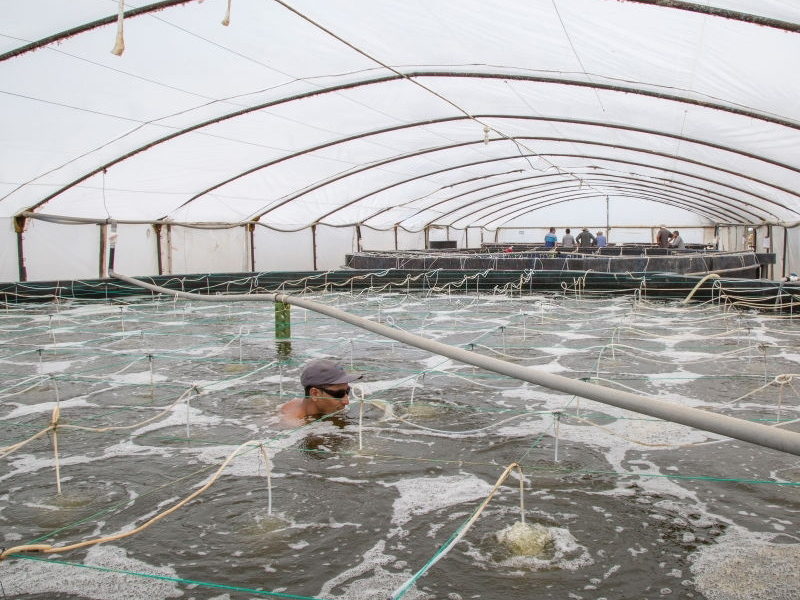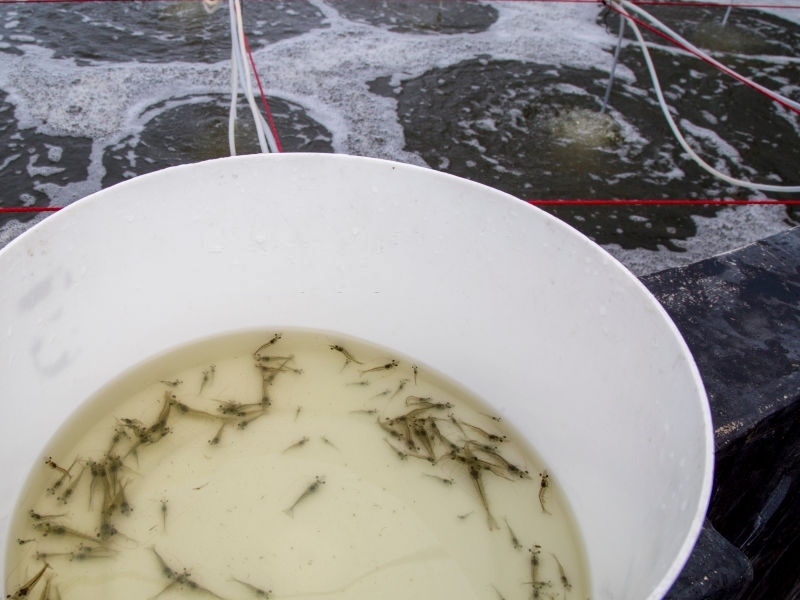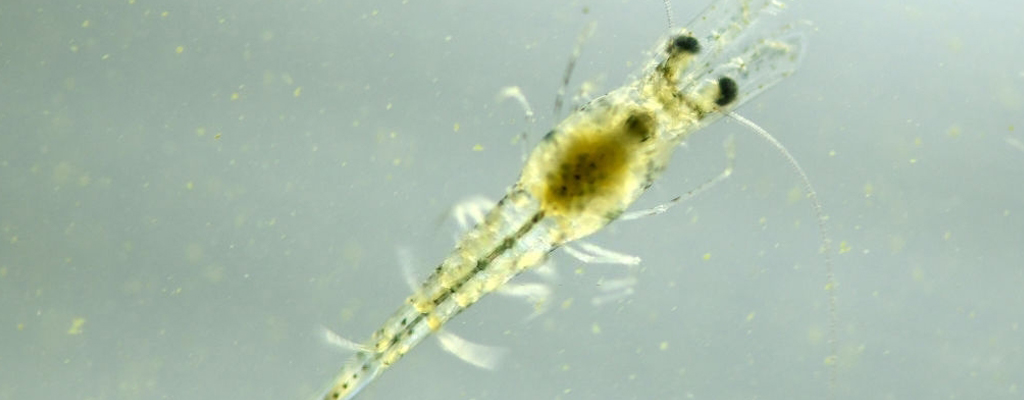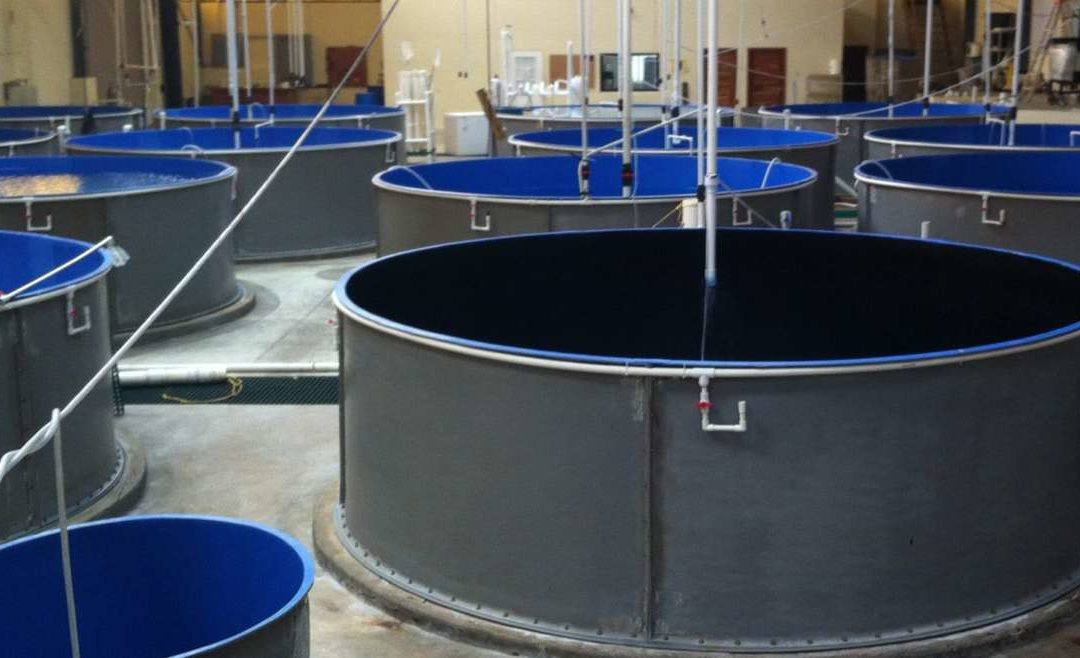Click here for article source from Molinos Champion S.A.
During the last years, the existence of diseases related to bacteria has generated the search for solutions in the performance of many hatcheries . To the point of testing different biosecurity solutions, and obtaining shrimp nurseries with the least amount of water changes.
Research shows that indoor shrimp farms will never be able to demonstrate their full biosecurity potential while water is being exchanged in the ponds. Since contaminated water continues to be a high risk vector in shrimp farms .
To achieve the highest level of biosecurity for indoor farming, it is considered essential to control shrimp production without water entering the pond from planting to harvest.
While investing in indoor facilities itself promotes better biosecurity, it has implications for some considerations . First of all, internal protection should only be seen as a first step. And, secondly, its application involves investment factors, complicated in some local businesses in the country.
Some farming experiences have used different practices to promote shrimp nurseries without replacement. Here are some examples:

- Use of previously disinfected and treated water to ensure the absence of pathogens.
- Ponds stocked with a check on the status of shrimp post larvae.
- Use of shrimp feed with a protein percentage close to or greater than 40%.
- Shrimp feed hydro stability as an impact factor on water quality.
- Bacterial competitive exclusion through the use of probiotic bacteria.
- Verification of ponds to minimize competition or deviation from physicochemical parameters.
- Verification in shrimp nurseries of the phytoplankton population.
Products such as inoculum of selected beneficial bacteria or probiotics have been used in these production models. With this, the conditioning of the water and the coating of the food are sought to act at the level of the bacterial ecology of the shrimp intestine.
Water quality control: key factor
Although zero exchange involves a series of conditions, there are different ways to promote better water quality. Let us bear in mind that, at all stages of shrimp, the quality of the water creates favorable conditions for their growth.
For example, reducing the amounts of ammonia and organic particles minimizes the risks of disease.
That is why in its shrimp nurseries it applies these recommendations:
Maintain the quality parameters: make sure that the water is within the ideal range in the different parameters. This includes temperature, dissolved oxygen (DO), salinity, alkalinity, pH, settleable solids, phytoplankton, vibrio, among others .
Establish a routine in the measurement of quality parameters: Regular measurement becomes an essential part of the overall effort to maintain water quality at a high level.
In connection with this, we also recommend calibrating your measuring tools at the beginning of each production run. This way you avoid mistakes that can result in a loss of profits.

Water exchange: the difficulties of applying a structure without water exchange make it necessary to evaluate other solutions. And one of them is to maintain a minimum daily controlled exchange of 10 to 20%.
The vital thing is to prevent excessive ammonia build-up and help shrimp navigate stressful parts of the cycle , such as disease and harvests. When ammonia concentrations increase, it is better to increase the water exchange rate to reduce the ammonia concentration to a safe level.
While it can be beneficial, exchanging water increases the risk of pathogens entering the system. We always recommend using pre-treated water.
At Molinos Champion we believe that it is possible to raise standards in production and sustainability. That is why our balanced shrimp feed line combines a nutritious formulation for the crustacean stage. But also under a production process that adapts to the consumption patterns of Ecuadorian white shrimp.

